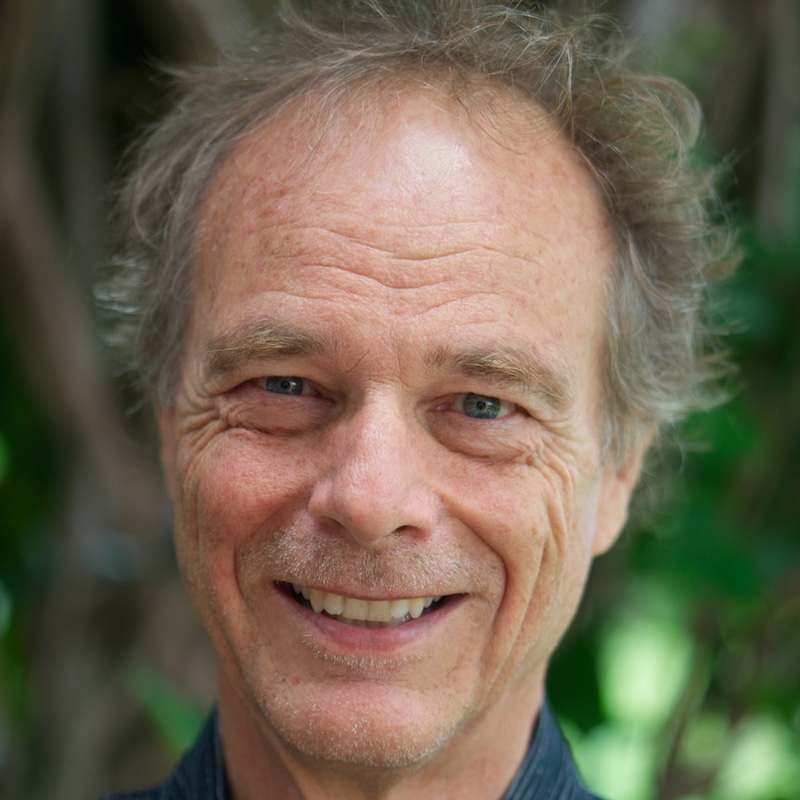Keynote Speakers
SPNHC & TDWG Joint Conference - Keynote speakers
2 September, Monday 13:00 - 15:00
On this page
Sara Beery

Assistant Professor of AI and Decision Making,
Massachusetts Insitute of Technology, Electrical Engineering and Computer Science; and
Computer Science & Artificial Intelligence Laboratory, Biodiversity Lead, Climate Change
Founder and Director, Computer Vision for Ecology (CV4Ecology)
Bio Info: https://beerys.github.io/
Title: Challenges and Opportunities at the Intersection of AI and Biodiversity
Abstract
We are currently witnessing an unprecedented loss of biodiversity, yet biodiversity is vital to sustainable development, public health, and mitigating climate change. To better understand and hopefully mitigate this loss, natural-world data is being collected at unprecedented scales from networks of ground-level sensors, satellites, drones, DNA collections, and community science platforms. There is valuable scientific information stored in these raw data, the vast majority of which are as-yet inaccessible due to the time and resources needed to process the data by small groups of relevant human experts. AI will prove crucial to facilitate efficient extraction of scientific insight from quickly-growing repositories of natural world data, but in order to realize the goal of global-scale, near-real-time biodiversity monitoring we must shift the AI research paradigm beyond highly curated datasets to capture the complexities of the real world, including strong spatiotemporal correlations, imperfect data quality, fine-grained categories, and long-tailed distributions. Beyond the inherent challenges of the data itself, the target is also moving - taxonomies are constantly debated and in flux, data infrastructure and protocols aren’t standardized, and there are ongoing and important discussions about data ownership, sovereignty, and the risks of sharing data, particularly for at-risk species. I will discuss the implications of these challenges and the impactful new avenues of research they outline at the intersection of AI and Biodiversity, and highlight exciting recent efforts towards AI-enabled biodiversity monitoring that operate within and overcome these constraints.
Tom Strang

BSc in Biology from Carleton University in Ottawa,
Master’s in Art Conservation from Queens University in Kingston, and
PhD in Conservation from the University of Gothenburg.
Recipient of the SPNHC Carolyn Rose Award, 2014.
Title: 一期一会 (Ichi go ichi e) One lifetime, one chance meeting
Abstract
What started as a single conversation with Dr. Rika Kigawa at the 2001 Pest Odyssey conference in London, England about the transition away from methyl bromide (MeBr) fumigation and the applicability of alternatives to the protection of cultural property became a 23-year collaboration with Japanese colleagues.
Over the following year we conversed about the changes in Canada that I had participated in from the mid-1980’s to 2000’s and the positive examples for Japan. In 1999, Dr. Kigawa had started a five-year federal research program to respond to the loss of MeBr for cultural property protection. In 2003 we visited five Canadian institutions with long running IPM programs to interview staff on the success and challenges with adopting IPM. By 2004 we had organized a three-day workshop with practicum on IPM that introduced many professionals from Japan and Korea to the insects and alternative methods required to carry out IPM programs in their university collections and museums.
By 2005 MeBr use was limited and ceased to be available in Japan. Subsequently many institutions no longer had access to MeBr fumigation for eradicating insect pests unless they switched to carbon dioxide or anoxic methods. Ethylene oxide has remained available as a major fumigant for treating mould and as a quarantine treatment for importing foreign sourced objects, however it will no longer be available for cultural sectors by March 2025. A few mid-sized pest control firms had interest in providing alternative methods to museums, were engaged in the education process, and now have a long running association as service providers. While low temperature thermal control predominated, interest remained in elevated temperature approaches. When the UNESCO World Heritage site at Nikko was determined to have a pernicious threat from novel anobiid species threatening 103 buildings, Dr. Kigawa’s research applied moisture-content controlled heating for timber structure disinfestation.